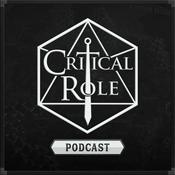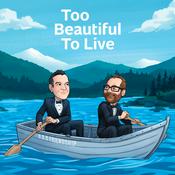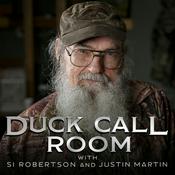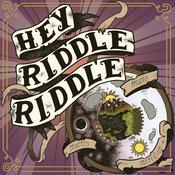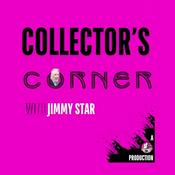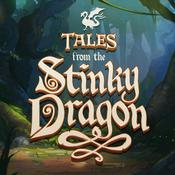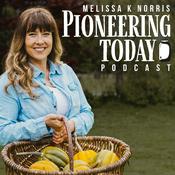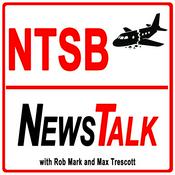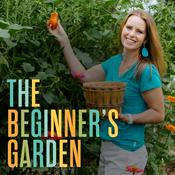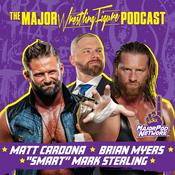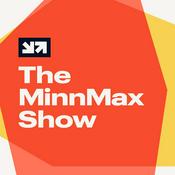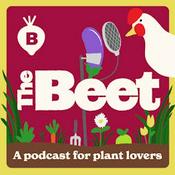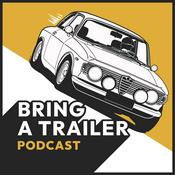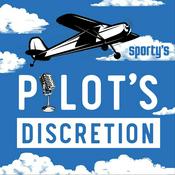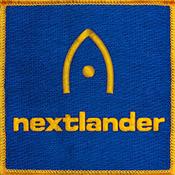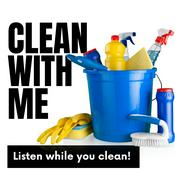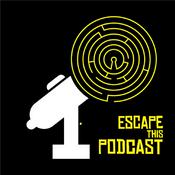113 episodes

Short's aster: A beautiful late season extravaganza for pollinators
10/23/2025 | 7 mins.
Summary Late blooming native plants are crucial sources of pollen and nectar for pollinators. One of my favorite species that blooms in October, and often into early November, is Short's aster (Symphyotrichum shortii). 3 things you'll learn from this episode: The biology and life history of Short's aster. The pollinators and wildlife that use it. How to incorporate it into your garden. Resources mentioned: BONAP's range map for Short's aster Plant Life of Kentucky: An Illustrated Guide to the Vascular Flora* * affiliate link – We get paid a small commission for purchases made through this link, but it comes at no extra cost to you. All commissions that we receive through affiliate links goes toward producing Backyard Ecology™ content. We appreciate your support. Other Backyard Ecology™ resources: Black-eyed Susan: A favorite nectar source for butterflies Discover Your Next Steps Habitat Creation Quiz Backyard Ecology™ Community Thank you Thank you to our amazing Patrons who go above and beyond every month to provide financial support which helps us create so much free content for everyone to enjoy and learn from.

The Science Behind "Leave the Leaves"
10/09/2025 | 47 mins.
Summary "Leave the leaves" has become an increasingly common mantra each fall. However, until recently little to no scientific research had been done to quantify impacts of leaving your leaves in a typical suburban yard. We discuss the results of that research and actionable steps that you can take in your own yard. Today's guest Dr. Max Ferlauto is the State Entomologist for the Maryland Natural Heritage Program. He recently conducted research to quantify the impact of leaving our leaves in our yards. 3 things you'll learn from this episode: The impact that leaving your leaves can have on the numbers and diversity of insects and spiders in your yard. How removing your leaves can impact soil temperature, moisture, and organic matter. Practical, easy steps you can take even if you can't leave all your leaves. Bonus content The Difference That Leaving Your Leaves Makes Resources Max mentioned: Removing autumn leaves in residential yards reduces the spring emergence of overwintering insects Legacy effects of long-term autumn leaf litter removal slow decomposition rates and reduce soil carbon in suburban yards Other Backyard Ecology™ resources: Discover Your Next Steps Habitat Creation Quiz Backyard Ecology™ Community Thank you Thank you to our amazing Patrons who go above and beyond every month to provide financial support which helps us create so much free content for everyone to enjoy and learn from.

Black-eyed Susan: A must-have for the pollinator garden
9/25/2025 | 9 mins.
Summary Black-eyed Susan (Rudbeckia hirta) is a beautiful native plant that can be found throughout most of the eastern U.S. and makes a great addition to pollinator and native plant gardens. It can grow in a variety of sunny to mostly sunny conditions and will provide instant gratification in the form of bright yellow flowers the first year. Those flowers will benefit a wide variety of butterflies, bees, flower flies, and seed-eating insects. 3 things you'll learn from this episode: The biology and life history of black-eyed Susan, including how pollinators and wildlife use it. How to incorporate it into your garden. What to watch out for when purchasing black-eyed Susan. Other Backyard Ecology™ resources: Discover Your Next Steps Habitat Creation Quiz Backyard Ecology™ Community Thank you Thank you to our amazing Patrons who go above and beyond every month to provide financial support which helps us create so much free content for everyone to enjoy and learn from.

A Bad Naturalist's Journey to Restore a Mountaintop Meadow
9/11/2025 | 1h 22 mins.
Summary Paula Whyman shares her journey of trying to restore and manage a remnant prairie located on a Virginia mountaintop. Our conversation touches upon some of the challenges she faced, lessons she's learned, and exciting discoveries she's made along the way. Whether you're managing a small backyard or large acreage, Paula's story provides valuable insights and motivation for fostering pollinator and wildlife habitat. Today's guest Paula Whyman is an avid nature enthusiast and the author of the book, Bad Naturalist: One Woman's Ecological Education on a Wild Virginia Mountaintop. 3 things you'll learn from this episode: How Paula and her husband have approached the task of restoring and maintaining a mountaintop remnant prairie or meadow. Some of the challenges and opportunities associated large-scale private restoration work. The importance of patience and accepting that ecological restoration is an ongoing process without a definite endpoint. Resources Paula mentioned: Paula's website Bad Naturalist's Newsletter Bad Naturalist: One Woman's Ecological Education on a Wild Virginia Mountaintop* Digital endoscope for monitoring nestboxes* * affiliate links – We receive a small commission for purchases made through these links, but it comes at no extra cost to you. All commissions that we receive through these links goes toward producing Backyard Ecology™ content. We appreciate your support. Other Backyard Ecology™ resources Backyard Ecology™ Community Discover Your Next Steps Habitat Creation Quiz Thank you Thank you to our amazing Patrons who go above and beyond every month to provide financial support which helps us create so much free content for everyone to enjoy and learn from.

Native Plants That Attract Hummingbirds to Eastern U.S. Gardens
8/28/2025 | 13 mins.
Summary Hummingbirds are probably one of the most beloved groups of birds that people want to attract to their yards. In this episode, I share 10 of my favorite native plants for attracting hummingbirds to gardens in the eastern U.S. 3 things you'll learn from this episode The surprising truth about a hummingbird's diet. The best way to attract and support hummingbirds to your property. 10 of my favorite native plants to grow for hummingbirds in eastern U.S. gardens. Other Backyard Ecology™ resources Hummingbirds Can't Resist These Native Vines! Want More Hummingbirds? You NEED Eastern Columbine Choose the Best Native Milkweed for Your Eastern U.S. Garden Discover Red, White, and Blue Lobelias For Pollinators! Native Jewelweed - 10 Reasons to Grow this Annual! Hummingbird Feeding: The Ultimate Guide! Discover Your Next Steps Habitat Creation Quiz Backyard Ecology™ Community Thank you Thank you to our amazing Patrons who go above and beyond every month to provide financial support which helps us create so much free content for everyone to enjoy and learn from.
More Leisure podcasts
Trending Leisure podcasts
About Backyard Ecology™
Listen to Backyard Ecology™, THIS CAR POD! with Doug DeMuro & Friends! and many other podcasts from around the world with the radio.net app
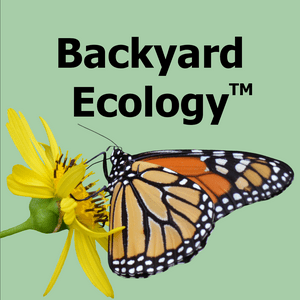
Get the free radio.net app
- Stations and podcasts to bookmark
- Stream via Wi-Fi or Bluetooth
- Supports Carplay & Android Auto
- Many other app features
Get the free radio.net app
- Stations and podcasts to bookmark
- Stream via Wi-Fi or Bluetooth
- Supports Carplay & Android Auto
- Many other app features


Backyard Ecology™
download the app,
start listening.

